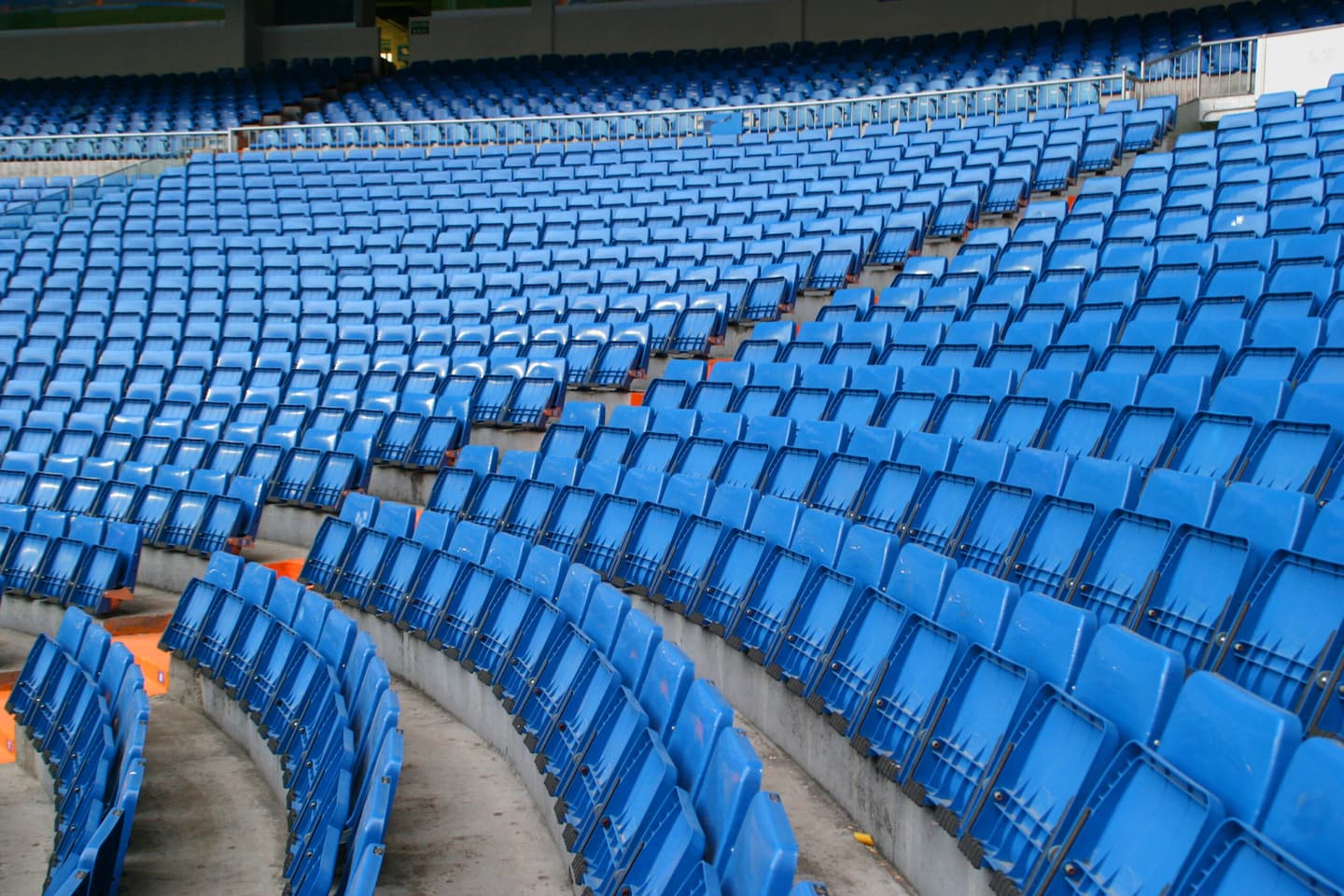4 questions that kill sports comeback strategies
During times of chaos, most sales and marketing leaders in professional and collegiate sports look beyond chaos to focus on strategies that get their organizations on track. They know that the crisis will end…eventually. When it does, they must hit the most aggressive revenue targets of their careers on condensed timelines. They will face demand challenges never considered before the crisis. To complete the perfect strategic storm, most teams face these challenges with fewer salespeople and reduced marketing budgets. Focusing on sales strategy during chaos allows sales leaders to put their organizations in the best revenue earning position.
The most comeback effective strategies are assembled by innovative leaders who seek to answer questions that accept these realities. They won’t panic. They won’t look at this as a game of three-dimensional chess, only solvable by an army of expensive brainiac consultants. As they build their comeback strategies, they won’t waste their limited time attempting to answer questions related to distractions over which they have no control. And they certainly won’t focus on strategic questions that suggest tomorrow’s unique challenges with relabeled versions of yesterday’s approaches.
To accelerate sports organizations’ comebacks during times of crisis, leaders must consider the following four questions.
How many daily dials should the sales team make? Today? In the future?
This question could suggest a belief that a subtle tweak to yesterday’s KPIs are going to bring you and your team safely to the other side of this storm. Unfortunately, it won’t. If raw activity levels have been a driving force of your revenue strategy, it’s time to re-evaluate.
Given the challenges in front of us, we all expect to work harder. Our comeback strategies must focus on working smarter. Focused outreach efforts maximize the success of each salesperson, and are vital to comeback strategies. Leaders will lean more heavily on quality of interactions versus quantity of interactions. They will ask:
- Who should we engage?
- When should we engage them?
- How should we engage? Otherwise stated: What value are we bringing to the calls that will ultimately lead to revenue for the organization?
Related content: Over Emphasis on Activities in Sports Sales
What are my plans to minimize any effects on my workforce?
In order to effectively plan, we must consider any potential effects to the workforce. For example, if your organization has a hiring freeze, assume that the freeze won’t be lifted until the storm has passed. More than likely, the cavalry is not coming. Therefore, you must get your organization through the ensuing chaos with the team you have in place.
Instead of waiting for reinforcements, the sports business leaders who are poised to lead their teams to heroic results are asking:
- How can we ensure that we are extracting maximum value out of every member of the team?
- What measures can we take to ensure that we are getting everything we can from our vendors?
- How do we ensure better organizational collaboration across business groups?
When is this going to be over?
Obviously, this question is necessary for scenario planning purposes. In the history of the planet, no one has ever built a successful business strategy around uncontrollable events. Most crisis have ripple effects, and there’s not a damned thing you can do to change the timeline. But, you can plan.
Instead of focusing on when, our revenue strategies must revolve around preparation for a return to (a new) normal. We must ask:
- How are we prepping our team to be ready for new challenges?
- Did the crisis affect our capacity? If so, how are we going to hit the ground running?
- Was there an impact on our human resources? If yes, how will we be efficient and effective with fewer sales and marketing resources?
- How are today’s sales and marketing efforts going to impact tomorrow’s results?
Where are demand levels going to be when we resume fully active outbound sales efforts?
We’ve all seen survey data that suggests demand is going to fall off a cliff. Likewise, we have all talked to people who say that they are sick and tired of being cooped up. These folks are ready to overdose on human interaction; huddling with 50,000 of their closest friends has become their definition of utopia.
The only thing that we can safely conclude from these competing points of view is that there will be some shift in where we will find the demand. It seems likely that total demand is going to decrease for some period of time, but no one can definitively prove this – or quantify the level of decrease.
This leaves few options: plan for a worst-case scenario or hope for the best-case scenario. Comeback strategies that rely on hope are sure to fail.
When thinking about future demand, then, our strategies, need to answer questions like:
- Where and how do uncover hidden pockets of new demand?
- How do we align our remaining sales and marketing resources to ensure that we convert as much of that demand as possible into revenue?
- If season ticket members are forced to, or wish to back away or take a break from their annual ticket purchase, how do we create a pathway for them to return?
In addition to the calamitous health impacts the COVID-19 crisis had in 2020, the economic fallout was excruciating – directly impacting so many friends and colleagues in professional and collegiate sports. To recover from this and other crisis that may arise, we must get creative and look for opportunities to arise triumphant from chaos. The comeback of sports will be a function of how we prepare to tackle new realities. Distractions are omnipresent and profound. However, business leaders who acknowledge the challenges and focus exclusively on what they can control will drive the financial comebacks for their teams – and indeed the entire sports industry.



